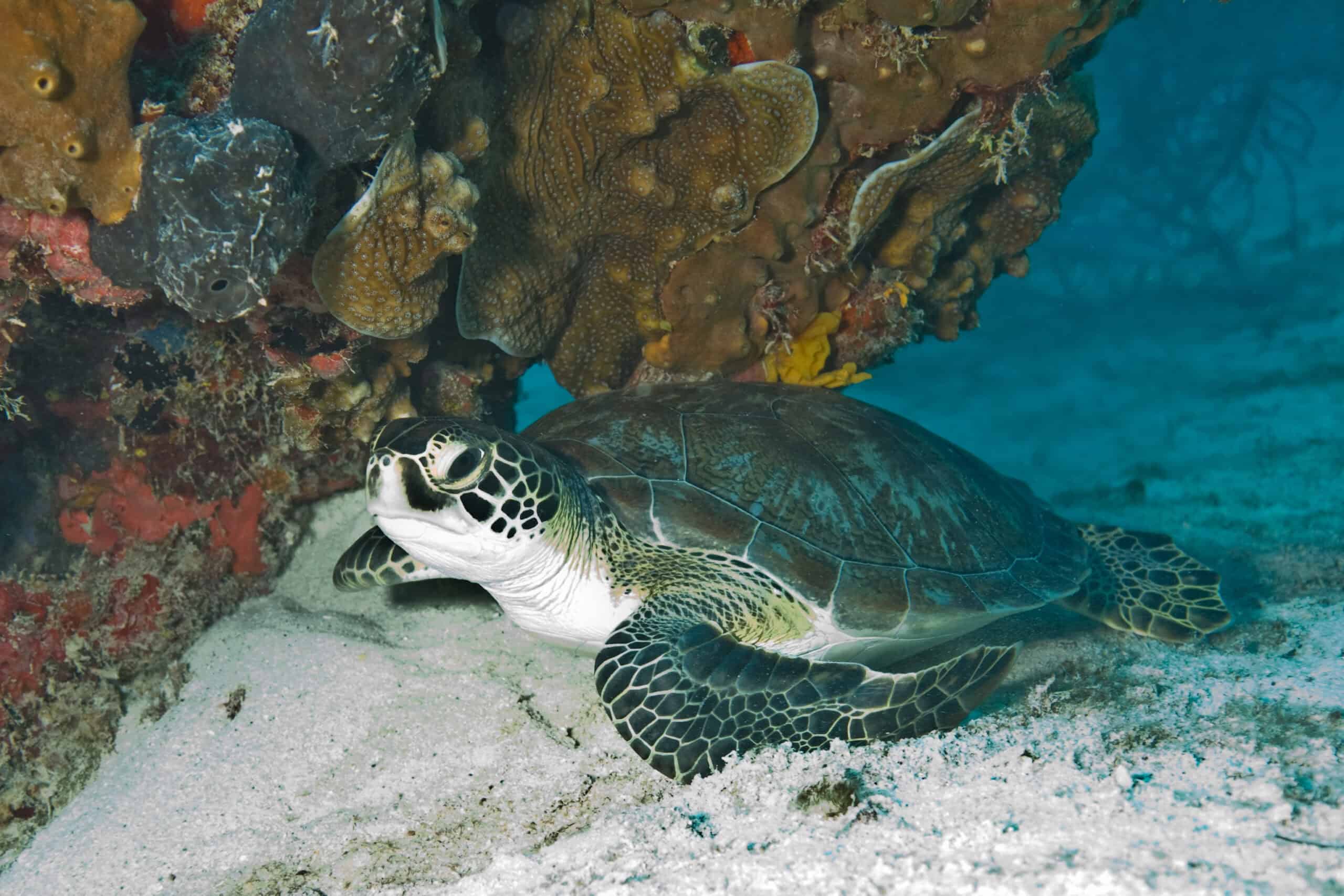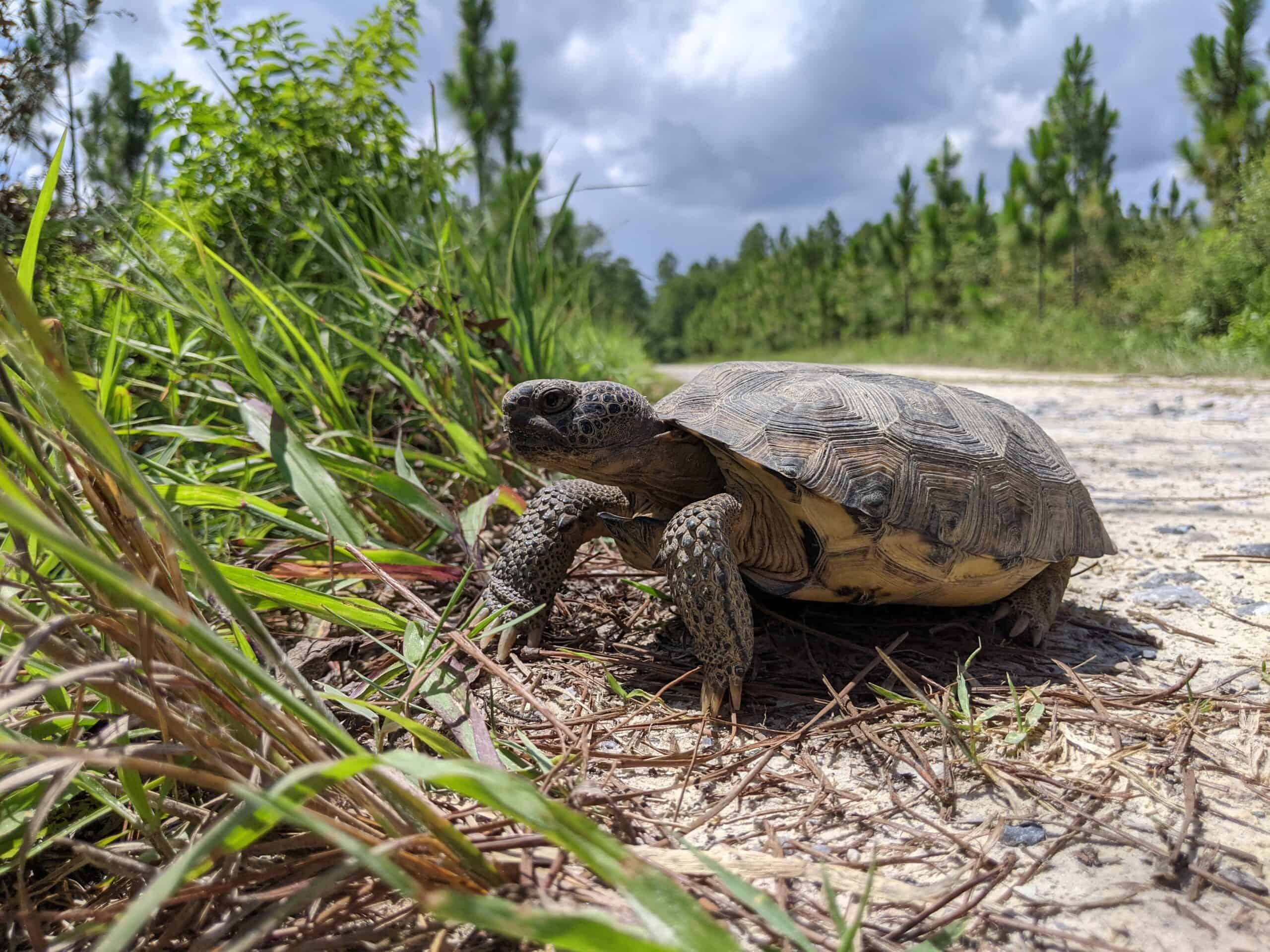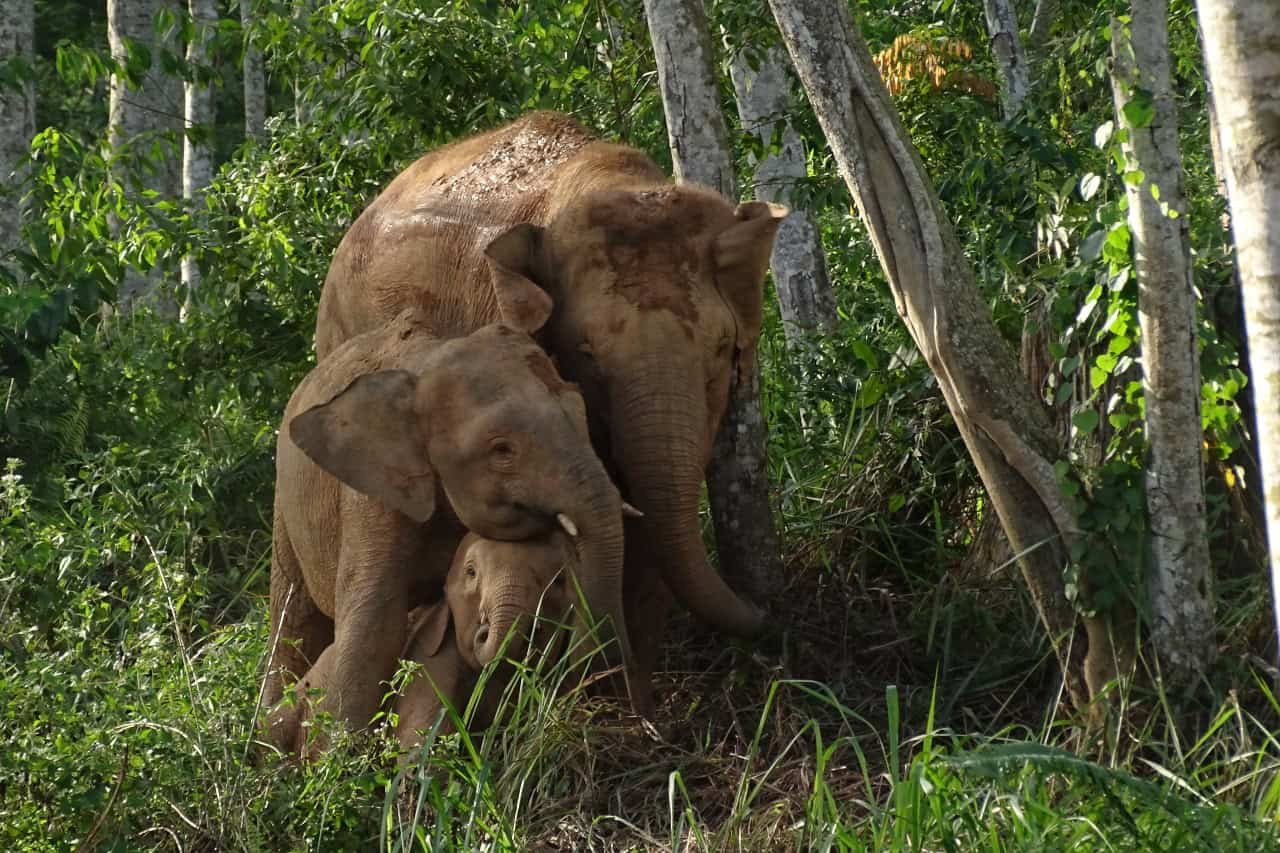Share this article
Interior finalizes Endangered Species Act rulemaking
Rulemaking pertaining to critical habitat designation, interagency cooperation and blanket protections for threatened species have taken effect
The Interior Department has finalized revisions to a suite of Endangered Species Act regulations. In response to the previous administrations’ easing of restrictions, which TWS largely opposed, the U.S. Fish and Wildlife Service and the National Oceanic and Atmospheric Administration’s National Marine Fisheries Service jointly published three final rules on April 5 that expand species conservation efforts. TWS actively participated in the most recent comment period for these rules, which went into effect on May 6.
“The Endangered Species Act’s achievements are demonstrated across our nation with hundreds of at-risk species now stable or improving thanks to the collaborative actions of federal agencies, state, Tribal and local governments, industry, conservation organizations and private citizens,” said Secretary Haaland in a recent press release.
The final rulemaking reinstates language emphasizing that listing determinations are made solely based on biological factors, without consideration of potential economic impacts. This aligns with TWS’ recommendation to exclude economic impacts from considerations and base listing decisions based solely on the best scientific and commercial data available.
The updated rule also extends the definition of “threatened species” to encompass foreseeable future scenarios, particularly in the context of climate change. This language aligns with TWS’ call for using the best available science in future threat analyses.
With this rulemaking, the USFWS also reinstates the ESA “blanket 4(d) rule.” Implemented prior to the 2019 revisions, the rule grants endangered status protections to species listed as threatened, minimizing the necessity for species-specific rules for threatened species. Reinstating this rule aligns with TWS’ general support for measures that strengthen protections for threatened species.
Revisions to Section 7 consultation regulations are intended to streamline interagency collaboration, strengthen ESA implementation and improve outcomes for endangered species conservation efforts. The final rule refines the definitions of “effects of the action” and “environmental baseline,” to provide a more precise assessment of the impacts of proposed actions on endangered species and their habitats. The revision also expands the scope of reasonable and prudent measures actions taken to reduce harm to protected species or their habitats during a proposed activity. The revisions extend the authority of these measures in incidental take statements aimed at enhancing the effectiveness of mitigation measures. These revisions align with TWS’ goal of enhancing ESA implementation and improving conservation outcomes.
This rulemaking also broadens exemptions from prohibitions for federally recognized Tribes, fostering broader cooperation in conservation initiatives. This provides a standardized framework for management activities that may impact threatened species, ensuring consistent protection across regions.
TWS will continue to seek opportunities to improve the implementation of the ESA, supported by the best available science in wildlife conservation and management and drawing from the expertise of our members.
Header Image: Green Sea Turtle in Biscayne National Park. Credit: National Park Service South Florida/Caribbean Network








